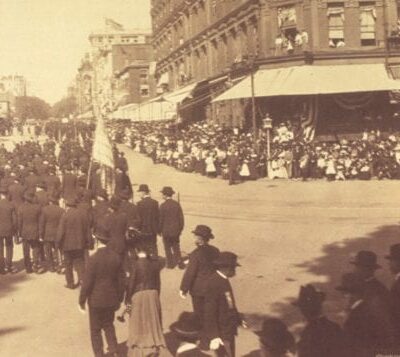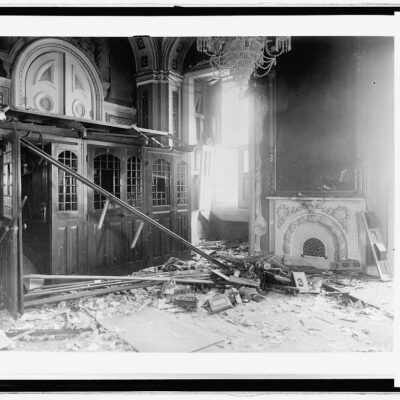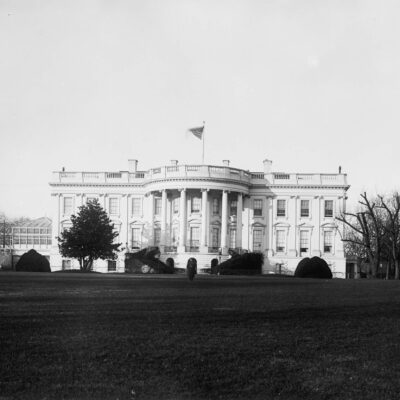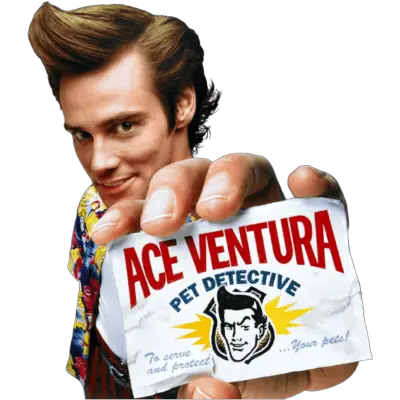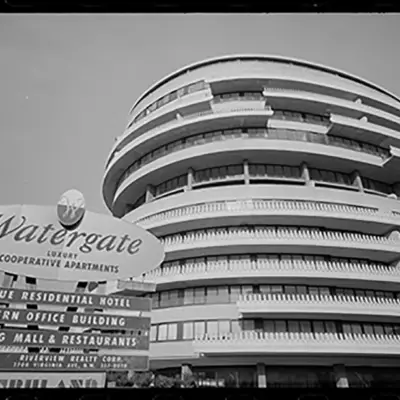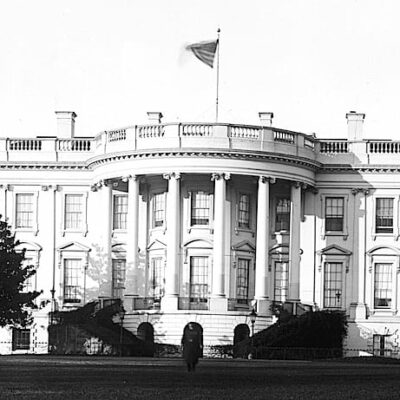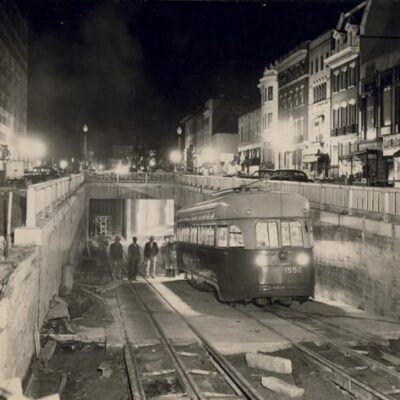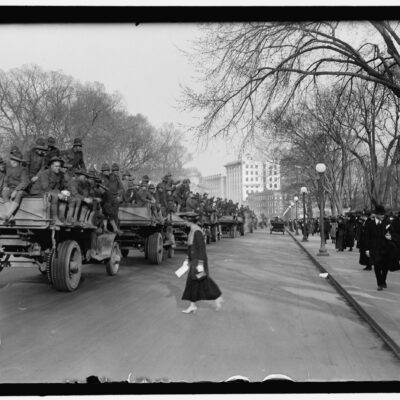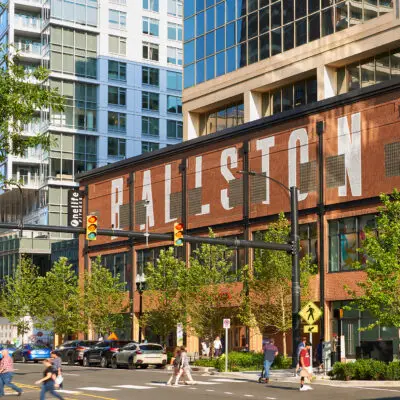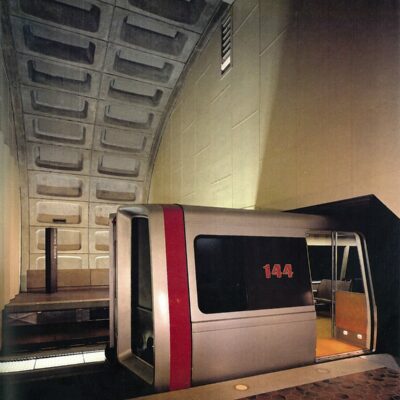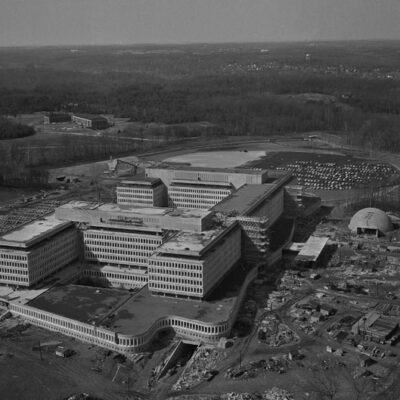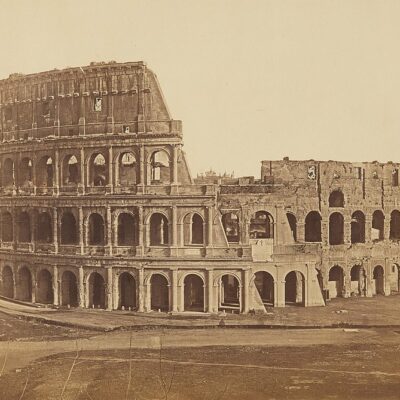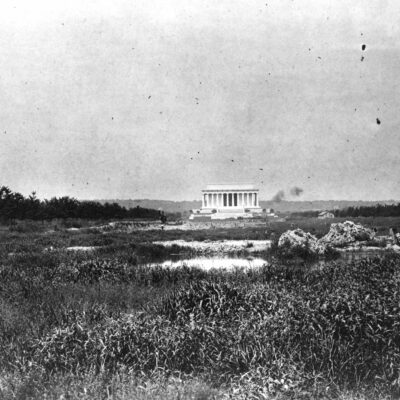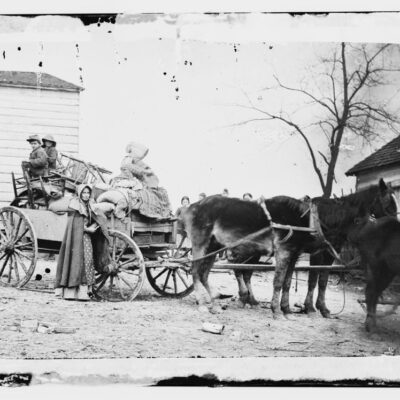I came across a great idea while reading Prince of Petworth’s post on LivingSocial yesterday. The DC-based company just opened up their “live events center” in a building at 918 F St. NW, which was the former National Union Building. It’s a magnificently beautiful Romanesque building, six stories tall. This one certainly has a colorful history, so it’s going to make for a great “If Walls Could Talk.”
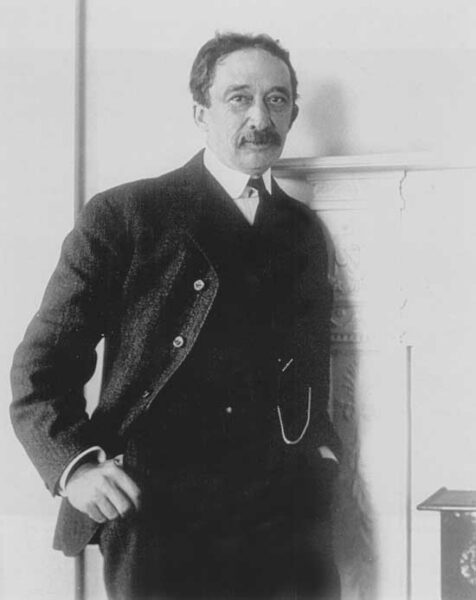
The building was originally built in 1890, designed by architect Glenn Brown (1854 – 1932). He was a Virginian and educated at Washington and Lee College in Lexington. His father Dr. Bedford Brown was a planter and politician from North Carolina, serving in the United States Senate from 1828 to 1841.
The younger Brown worked a few years as an apprentice in Washington before entering Massachusetts Institute of Technology to study architecture. He returned to Washington in 1879 and kicked off a successful fifty-year career designing countless buildings and structures, many of which you are familiar with.

Other than the new LivingSocial building (i.e., the National Union Building), he designed the Beale House at 2301 Massachusetts Ave. NW (now the Egyptian ambassador’s residence), 1732 Massachusetts Ave. NW (now the Embassy of Chile), Dumbarton Bridge and Boulder Bridge.
The building’s original owner and occupant was the National Union Fire Insurance Company. They completed their office move from 643 Louisiana Ave. NW in 1891 and maintained ownership of the building until 1946, when it was sold to Arlene M. Andrick. The building passed through a number of owners until it finally ended up with one of DC’s biggest tech start-up, LivingSocial, as the new tenant in 2011.

Irrigation directors meet at 918 F street
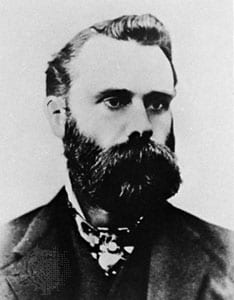
The Colorado River Irrigation Company had the audacious goal of irrigating land surrounding San Diego County, California, down through Baja California, Mexico. In 1892, they claimed a canal would be completed within two years and that the Colorado River was an inexhaustible source of water.
The economic depression of 1893 severely impacted the company’s finances and by the fall of 1894, the company ran out of money and failed. The company’s director, John C. Beatty of Boston was subsequently accused of fraud.
The Washington Post reported on their director’s meeting of August 4th, 1894.
A meeting of the directors of the Colorado River Irrigation Company was held at the Washington office of the company, 918 F street, yesterday. Gen. L. A. Grant, ex-Assistant Secretary of War, presided. James H. Beatty, president N. W. Transportation Company, Larnia, Canada., C. H. Dow and T. J. O’Donnell, of Denver, Colo.; P. J. McLean, of New York, and John C. Beatty, of Boston, were also present. James Linton, Providence, R. I., and T. H. Taylor, secretary and treasurer Riordon Paper Mills, Merilton, Canada, were elected directors, and Col. Henry A. Pierce, Pawtucket, R. I., was elected treasurer. It was reported that the capital stock of the company was being taken up very rapidly, and that arrangements had been made to begin the construction of the canal early next month.
Those are some serious names. That is Lewis Addison Grant, the Civil War general, oh and C.H. Dow is Charles Henry Dow, the founder of the Wall Street Journal, co-founder of the Dow Jones Company and inventor of the Dow Jones Industrial Average (I think you’re familiar with that).
Real estate dealer runs away War Department clerk’s only daughter

Fulton R. Gordon (yep, the same on from the Columbia Heights post) eloped with a 20-year-old, Cora A. Hart. Okay, the age thing really isn’t a big deal because Fulton was 28, but both families were quite upset. At the time, Mr. Gordon was early in his real estate career (six years later, he’ll be killin’ it in the new Columbia Heights), working out of his office at 918 F St. NW. This story’s pretty good, because Fulton was kind of married at the time. The Washington Post wrote about this on July 8th, 1895.
On Saturday evening she accompanied a married lady, a friend of the family, to the concert at the White House. As she did not return at the usual hour her parents sent to the house of this friend, only to learn that Miss Hart had left there some time before. Both Mr. and Mrs. Hart sat up the greater part of the night hoping that their daughter would come home, and it was only after her absence had extended into the morning that they concluded she had gone away with Gordon.
-ad 607-Miss Hart has been acquainted with Gordon for about two years, her parents say. About that long ago Gordon’s brother-in-law kept a grocery store in the neighborhood and it is presumed that Miss Hart, who was then a school girl, first met the man. Since the Gordon has persistently tried to force his attentions on Miss Hart, even going to the extent of asking her to marry him. He is said to have proposed to her before he had been divorced from his wife. After his wife had secured a divorce Gordon became more and more attentive to Miss Hart, and being denied the privilege of calling on her at her home, he kept up a steady correspondence with her through some unknown channel. All this has been discovered since the couple fled. So far as is known Miss Hart was not in the habit of having interviews with her lover, but if she did, the secret was extremely well kept.
…
Mr. Hart stated to a Post reporter last evening that he knew Gordon only through the newspapers. On account of the bad character given him in the courts Mr. Hart had notified him that his visits would not be considered welcome, and Gordon never made any attempt to call. He feels very bitter toward the man who has robbed him of his daughter, and it is probably well for Gordon that miles separate him from the irate parent.
Well, they didn’t run very far, because they ended up in Ellicott City, Maryland. They held a midnight wedding ceremony at the Howard House and headed back to Gordon’s country home in Laurel.
Man crushed between cars
This was an unfortunate incident. Accidents like this were not terribly uncommon as it was hazardous to walk on the streets of Washington. On April 29th, 1912 — a couple week after the Titanic disaster — poor Mr. Slyder was crushed between two streetcars. Lucky for him, he was just injured, albeit, severely.
Isadore Slyder, of 1915 H Street, senior member of the firm of Slyder & Clough, 918 F street, was caught last night between two street cars at Thirty-sixth and M streets northwest. His collarbone and a rib were broken.
Mr. Slyder alighted from a car and attempted to cross the tracks behind it, when another car backed in on the switch, pinning him between the two ends, the police report [sic]. He was taken to Georgetown University Hospital in the Seventh precinct patrol wagon. Physicians at the hospital said last night that he was not dangerously hurt.
Fischer’s: jewelers and opticians
In the 1920s, the building housed a jewelry business. Fischer’s was a purveyor of fine jewelry, diamonds, gold high-end watches. Below is an advertisement from the December 14th, 1922 Washington Post.
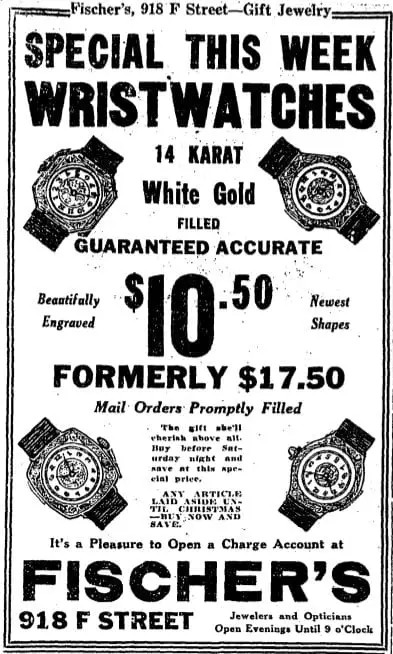
The following year, on December 9th, the Post reported on a major theft that happened in the store.
Diamonds worth between $25,000 and $30,000 have been stolen from his store at 918 F street northwest, Harry Fischer reported yesterday. Jewels worth $150,000 were overlooked by the thief, Fischer told police. Included in the theft were 141 large diamonds, some three karats [sic] in weight, a dozen emeralds and seven packets of the smaller white stones.
-ad 611-Earlier in the day Joseph Fischer, employed by Fischer and his relative, took the jewels from a safe and placed them in a wallet in a steel drawer in the diamond room. Close to the drawers which contained the missing gems is a glass cabinet in which are jewels worth probably $150,000, Headquarters Detectives Kelly and Scrivener said. The jewels were Christmas stock and are covered by insurance, Fischer said. On books at the detective bureau the gems are reported as “lost or mislaid.”
-ad 618-
Largest illegal gambling operation in Washington
Atlantic City? Nope … gambling wasn’t legalized there until 1976. I’m going to the sixth floor of 918 F St. tonight.
The March 12th, 1958 Washington Post reported on a raid that happened the night prior. District police raided an illegal gambling operation that was the largest downtown, and likely the largest in D.C.
Inspector John B. Layton, head of the Gambling Squad, led a raid yesterday on what he described as “the largest known gambling operation in downtown Washington,” at a sixth-floor suite of the National Union Building, 918 F st. nw.
Layton said a $1500–a-day business was conducted from the suite.
The raiding party waited outside until one of the men arrested opened the door to leave, then walked in, Layton reported. He said police had a search warrant obtained after a month’s observation and telephone calls to the premises. Arrested were:
Salvatore J. Mancuso, 39, listed at Bel Pre rd., Silver Spring; Owen N. Grinder, 55, of 2514 15th st. nw., and Alfred W. Stanley, 51, listed at 1612 18th st. se. They were charged with operating a lottery and released under $1000 bond for appearance before the United States Commissioner today.
D.C. painter plunges six stories to his death
Here’s a somber tale. The September 24th, 1976 Washington Post reported a gruesome accident that occurred in the building. A young man, occupied as a painter, fell to his death from the sixth floor window.
A 28-year-old painter died yesterday after he plunged from a sixth-floor window at 918 F St. NW about 3:15 p.m., D.C. homicide detectives reported.
Police said the man, Eugene Duke, of 4520 Fort Totten Dr. NW, apparently was at the building to examine an office he was to paint. Police said the building’s manager told them the man broke a window with his hand before going upstairs.
Duke landed in an alley beside the building, police said. He was pronounced dead on the scene. An autopsy was scheduled for today although no foul play is suspected, police said.
Snow White music boxes
The storefront of 918 F St. housed the Music Box Center in the 1980s. Below is an advertisement in the July 20th, 1987 Post.

Office space available
I came across this old advertisement in the Post classifieds. Office space available for $12 per square foot! You won’t get a deal anywhere near that these days (even if you’re adjusting for inflation). Call Meda now … evenings and weekends.

UPDATE: Ben over at DCist just reminded me of one of the most important historical anecdotes related to 918 F St. The alley next to the building is the one that John Wilkes Booth hobbled down after shooting President Lincoln at Ford’s Theatre.
